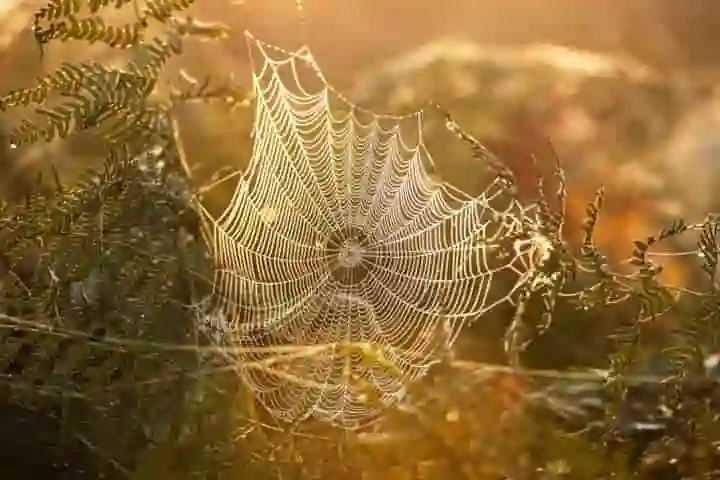Spiders and their web have always fascinated and intrigued humankind and have inspired poems, stories and even comics, the Spiderman. Researchers of Johns Hopkins University have now found out how these webs are weaved. For this they used sophisticated technology, including artificial intelligence and night vision to keep track of each and every movement of spiders’ eight legs in the dark.
What is truly revealing in this study is that these creatures with brains whose size is a fraction of that of human beings are able to make edifices that are precise, complex while being graceful according to an article in sciencedaily.com.
The study’s findings can be viewed online and they will be published in Current Biology this month.
Senior author of the study Andrew Gordus, talking about the study said: "I first got interested in this topic while I was out birding with my son. After seeing a spectacular web I thought, 'if you went to a zoo and saw a chimpanzee building this you'd think that's one amazing and impressive chimpanzee.' Well this is even more amazing because a spider's brain is so tiny and I was frustrated that we didn't know more about how this remarkable behaviour occurs.”
Gordus, who is a Johns Hopkins behavioural biologist, added: “Now we've defined the entire choreography for web building, which has never been done for any animal architecture at this fine of a resolution."
While not all spiders create webs, the ones who do are in that special category of animal species endowed with architectural creativity like the nest-building birds and puffer fish who during mating make complex circles.
In order to comprehend how with their relatively small sized brain, spiders create webs, it was necessary to document and analyse the motor skills and behaviour, which are part of the process. This had never been done before since capturing and recording the actions of the spiders was challenging, Gordus remarked.
Also read: Assassin Bugs That Master The Art Of Deception – Outsmart Spiders
The researchers chose a spider native to the Western United States – the hackled orb weaver – for their study. A space with infrared cameras and lights was created to watch over the building of the web by these spiders at night. Once the space was in place, six spiders were kept track of every night. Individual leg actions running in millions were tabbed to detect movement of the limb with machine vision software.
Abel Corver, a graduate student studying web-making and neurophysiology and lead author remarked: "Even if you video record it, that's a lot of legs to track, over a long time, across many individuals. It's just too much to go through every frame and annotate the leg points by hand so we trained machine vision software to detect the posture of the spider, frame by frame, so we could document everything the legs do to build an entire web."
They found the style of making the web was quite similar in all the spiders. In fact over a period of time, the scientists were able to foretell which portion of the web the creature was working on, having a look at the position of the leg of the spider.
Airing his views on this, Gordus said: "Even if the final structure is a little different, the rules they use to build the web are the same. They're all using the same rules, which confirms the rules are encoded in their brains. Now we want to know how those rules are encoded at the level of neurons."
Also read: Study reveals ‘social distancing’ practised by animals too to curb spread of diseases
Commenting on this, Corver observed: "The spider is fascinating, because here you have an animal with a brain built on the same fundamental building blocks as our own, and this work could give us hints on how we can understand larger brain systems, including humans, and I think that's very exciting.”
Other authors of this study included Nicholas Wilkerson, and Jeremy Miller. While Wilkerson is a former Hopkins undergraduate and current graduate student at Atlantic Veterinary College, Miller is Johns Hopkins’ graduate student.




















